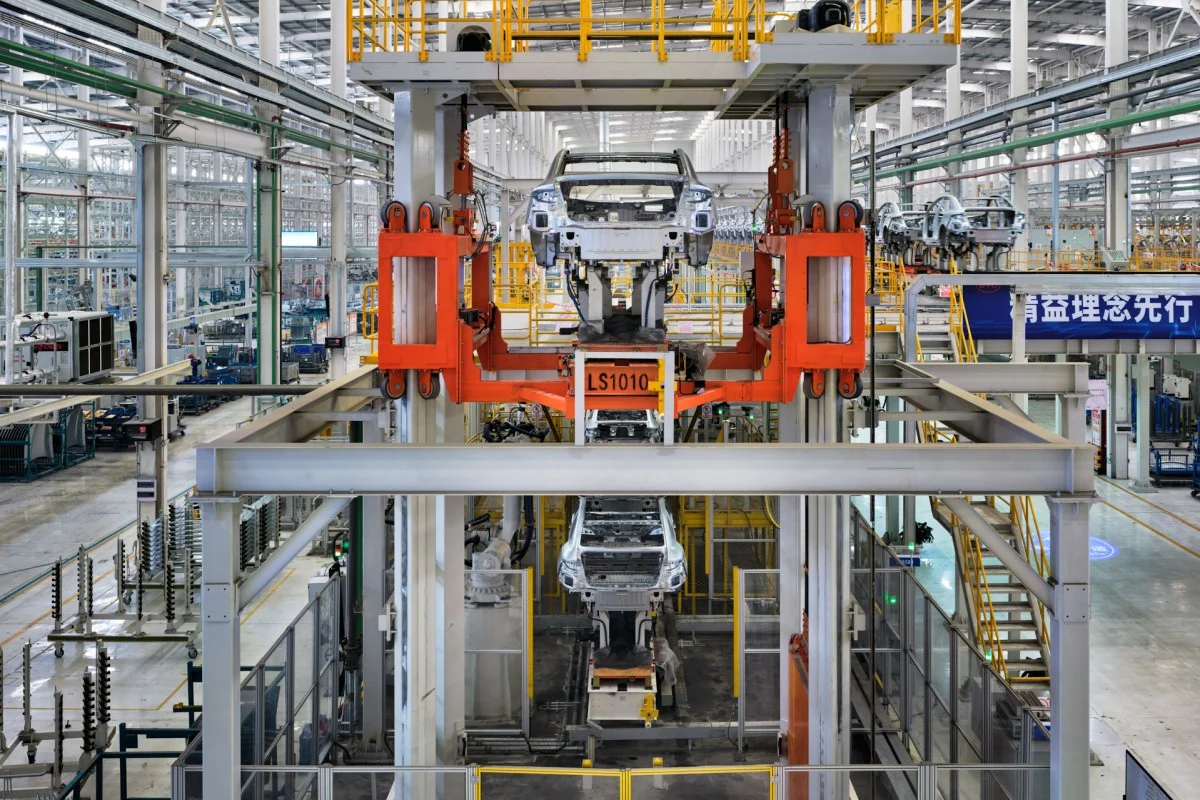At age 11, Canadian photographer Edward Burtynsky took his first steps into photography when his father bought a collection of darkroom equipment for C$25. That small investment led to a lifelong passion. Burtynsky, now 70, is known for his monumental images of human-altered landscapes that explore the cost of industrialisation. His early curiosity about how the three-dimensional world translates into two dimensions evolved into a powerful artistic mission—documenting humanity’s impact on the Earth.
Burtynsky’s work is housed in over 80 museum collections worldwide, including the Guggenheim, MoMA, Tate Modern, and the National Gallery of Canada. His large-format photographs are known for their sweeping views of transformed environments—mines, factories, refineries—and offer a sobering look at consumption and globalisation.
His latest exhibition, “China in Africa,” now showing in Hong Kong, captures the spread of Chinese industrial influence across two continents. Shot between 2018 and 2024, the series juxtaposes highly automated Chinese mega-factories, such as the BYD facility in Jiangsu province, with images of labour-intensive production hubs in Africa. These photographs reflect both beauty and unease, revealing China’s growing role in shaping global manufacturing landscapes.
Burtynsky has visited China 15 times since 1983, extensively photographing the country’s rapid industrial development, including major projects like the Three Gorges Dam. As China exports its industrial expertise abroad, particularly to Africa, Burtynsky follows this trail—photographing everything from gravel quarries in Namibia to vast textile factories in Ethiopia. In one case, he documented 40 million square feet of Chinese-built factory space constructed in just one year.
Born in Ontario to Ukrainian immigrants, Burtynsky grew up in a blue-collar town where his father, a factory worker and aspiring artist, died young from PCB poisoning. That personal history influenced Burtynsky’s decision to seek a life beyond industrial labor and to witness, through photography, the systems that define modern life.
His work extends into film, including the 2006 documentary Manufactured Landscapes and the 2018 project Anthropocene, both chronicling the environmental consequences of global industry. With each project, Burtynsky acts as a silent observer, revealing the scale of change without imposing judgment. His photographs invite viewers to consider the cost of progress—both awe-inspiring and unsettling in equal measure.
READ MORE:
